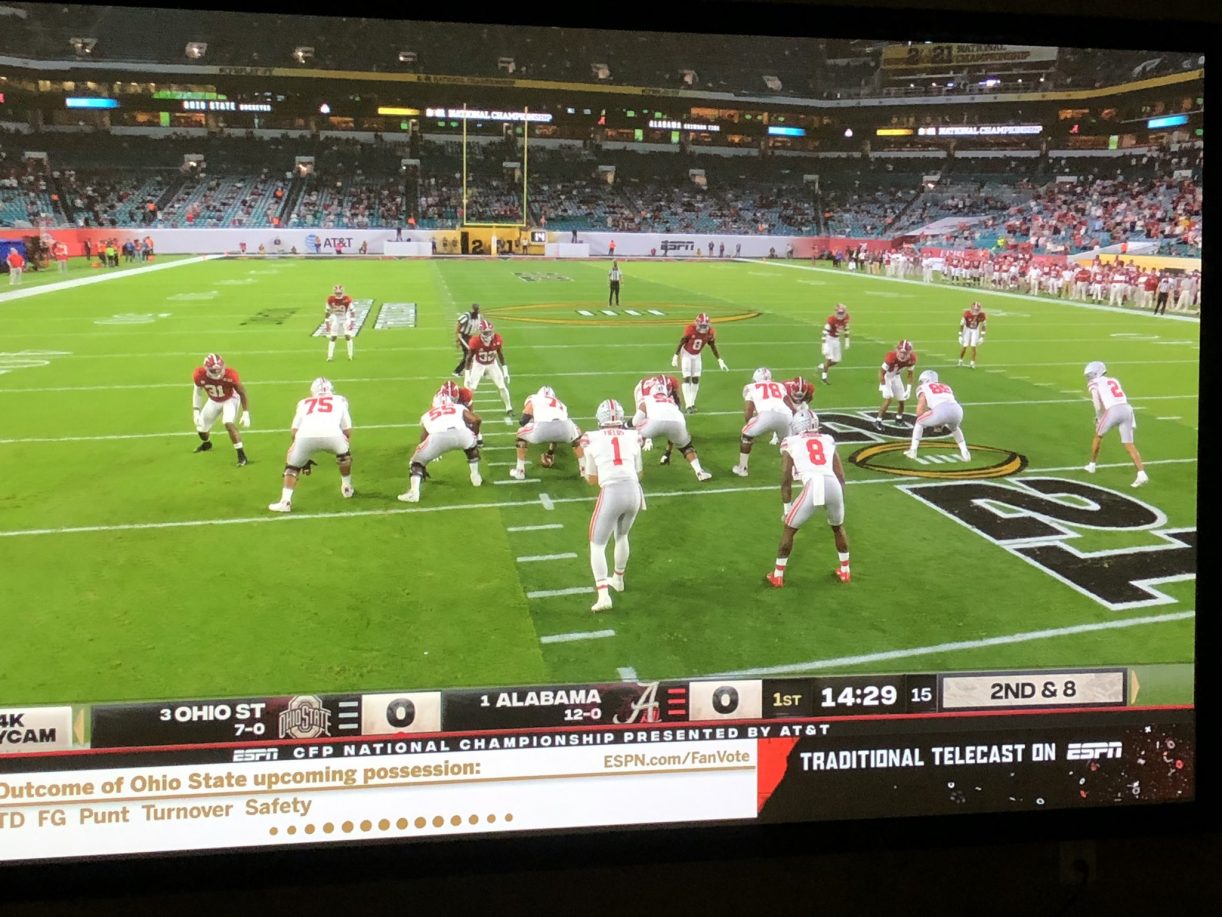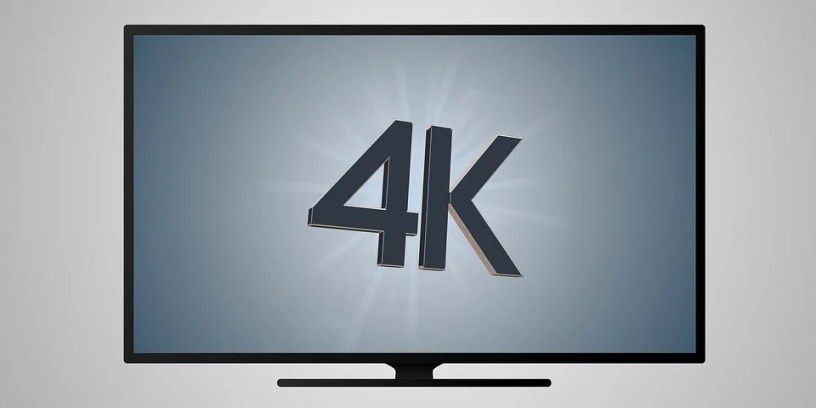By Phillip Swann
The TV Answer Man –@tvanswerman
Former Sony employee.
TV Answer Man, I am very sad that ESPN isn’t doing native 4K anymore. Can you write an article on why native 4K is better? I’ve tried to tell my friend but it didn’t come out very good. — Bennie, Boulder, Colorado.

Why Did ESPN Switch From Native 4K to Upscale?
Bennie, ESPN hasn’t done native 4K during its college football broadcasts this year, opting to switch to upscaled 4K, which is also how Fox, NBC and Peacock transmit. The sports network, which does 8-10 college football games a year in 4K, tells Sports Video Group that the switch from native was driven by several factors.
“Last year, we did (college basketball and football) in native UHD (4K) HDR and that was meant as a testing ground for the entire company as we evaluated UHD internally and with our affiliates to determine plans moving forward,” said Michael Sullivan, the network’s operations specialist. “Ultimately due to a variety of factors including UHD distribution (issues), we have decided to focus on 1080p HDR this year…and also 1080p SDR across the board.”
The good news is that ESPN’s 4K picture is still clearly better than HD, although not as crispy as a native 4K broadcast. But why is that? Why is native 4K better than upscaled 4K?
What Is Native 4K and Upscaled 4K?
First, let’s define what we mean by native 4K and upscaled 4K. Native 4K resolution refers to a video that is shot, produced and transmitted to the home in 4K resolution, with 3840×2160 pixels. On the other hand, upscaled 4K refers to a video that is shot in a lower resolution, such as 1080p, and then processed and scaled up to 4K resolution using software algorithms.

One of the main advantages of native 4K is that it provides more detail and clarity than upscaled 4K because you’re using 4K camera and other 4K equipment at the site. The native 4K broadcast results in a sharper image with more fine details. This increased level of detail can be especially important for sports broadcasts, where fans want to see the action as clearly as possible.
Which Sports Look Better In Native 4K?
However, it’s important to note that not all sports broadcasts are created equal. Some sports, such as football, basketball, and soccer, may benefit more from native 4K than others. These sports typically involve a lot of fast-paced action and movement, which can be difficult to capture and display clearly in lower resolutions. On the other hand, sports like baseball and golf may not benefit as much from native 4K, as they involve less movement and action and rely more on precision and strategy.
Click Amazon: See Today’s 1-Day-Only Sales!
While upscaled 4K may not offer the same level of detail and clarity as native 4K, it still provides a significant improvement over lower resolutions like 1080p. Upscaled 4K uses advanced algorithms to enhance the image quality, resulting in sharper edges and better color accuracy. For many viewers, the difference between native 4K and upscaled 4K may not be noticeable or may not justify the additional cost or technical requirements.
Bennie, hope that helps. Happy viewing and stay safe!
Have a question about new TV technologies? Send it to The TV Answer Man at swann@tvanswerman.com Please include your first name and hometown in your message.
The TV Answer Man is veteran journalist Phillip Swann who has covered the TV technology scene for more than three decades. He will report on the latest news and answer your questions regarding new devices and services that are changing the way you watch television. See the bio for Phillip Swann here.


